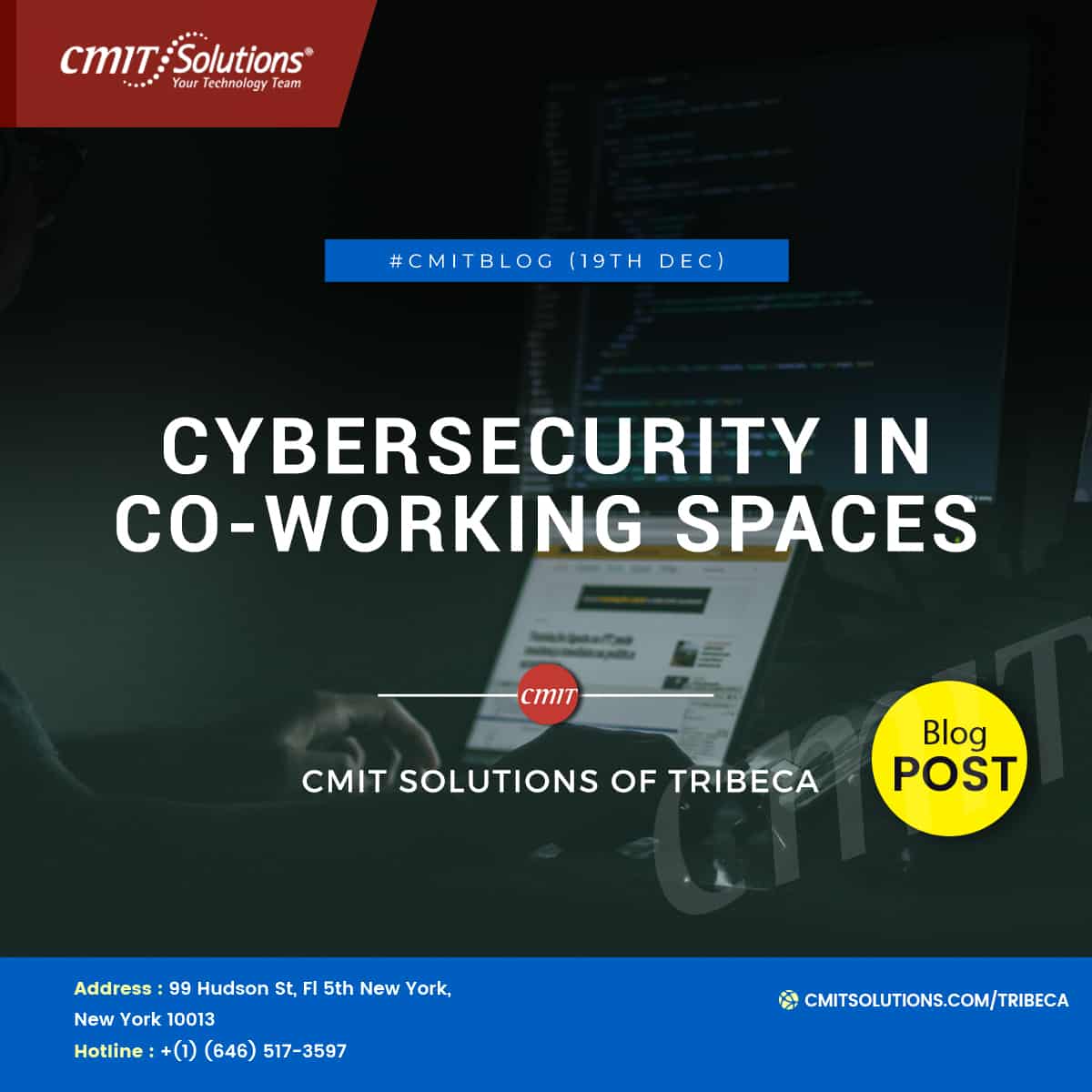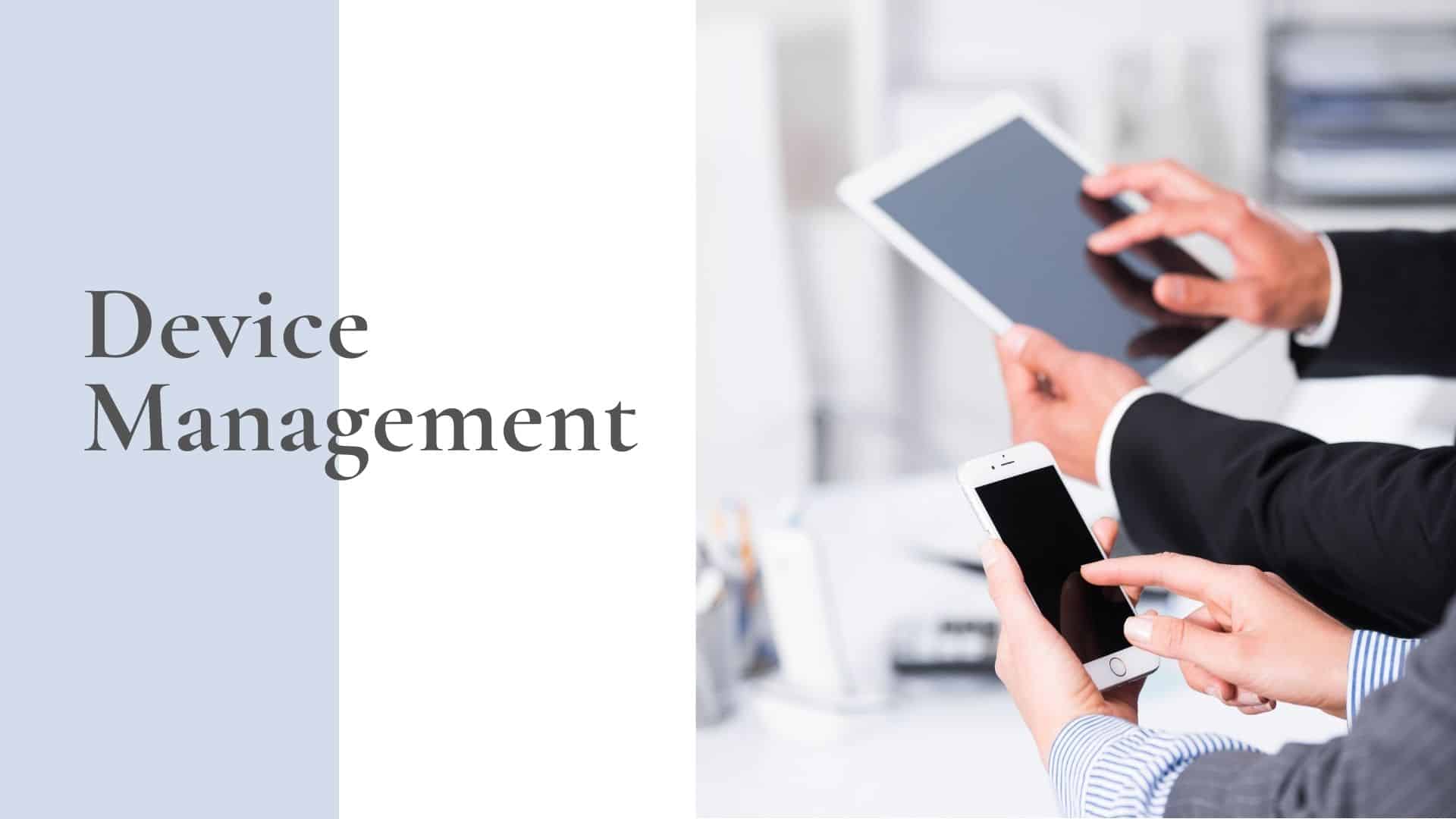Nowadays, remote work takes all forms. Employees work on the move, moving from home offices and co-working centers. But like home offices, co-working spaces come with their own unique challenges when it comes to protecting your employees.
If your employees work diligently, or look internally, using a co-operative space, here are some important safety precautions your company should take:
-
Wireless Management Service
Perhaps the biggest security threat in a co-working environment is unsafe-common Wi-Fi. The problem is so well organized that companies like WeWork that went mainstream with co-working spaces, made headlines in 2019 when it was revealed that thousands of user scripts had been disclosed. WeWork was notified of their dangerous Wi-Fi back in 2015 but failed to take action. This poses a risk not only to their customers but also to their customer partners – many of whom have never been involved in a collaborative work environment. Among the disclosure records were financial reports, government-issued IDs, job applications, business contracts, bank details, etc. They repeated passwords everywhere and did not protect them properly in the WeWork system.
Instead of relying on potentially compromised public Wi-Fi, companies should opt for a wireless managed service that allows them to track unpleasant performance. Wireless management is the most comprehensive solution for VPNs, pre-IaaS, and provided with an existing firewall. The managed wireless offers:
- High connectivity, out of place
- Business-level security, including hardware/license
- 24/7 effective monitoring and support to reduce downtime
-
Device Management
Your company needs to take additional steps to protect any personal or excluded conclusions from a collaborative network. If you do not have the revised Bring-Your-Own-Device (BYOD) policy, now is the time to create it. You will want to set clear and reasonable limits regarding device usage, with the safety test running in the background. Management systems such as Microsoft Enterprise Mobility + Security make it easy to do so. EMS provides a single-window that does not damage much, depending on the five safety features:
- Ownership and Access Management – Multiple authentications, single sign-in, monitoring, and dynamic access policies
- Data Protection – Azure and Office 365 Information Protection, Microsoft Cloud Application Security, and Windows 10
- Threat Protection – prioritize incident responses and identify threats on all domains
- Microsoft Endpoint Manager – integrated solutions like Azure AD for ID management, desktop analytics, Windows AutoPilot for easy deployment, and InTune
- Cloud Access Security – automated centralized warning and SaaS and PaaS location recommendations
-
Changes in the physical environment
Besides some of the simple steps, you can take to protect your information in the workplace. Never leave your items unattended, and set a default exit of the program after periods of inactivity. If necessary, book private rooms for groups and meetings.





